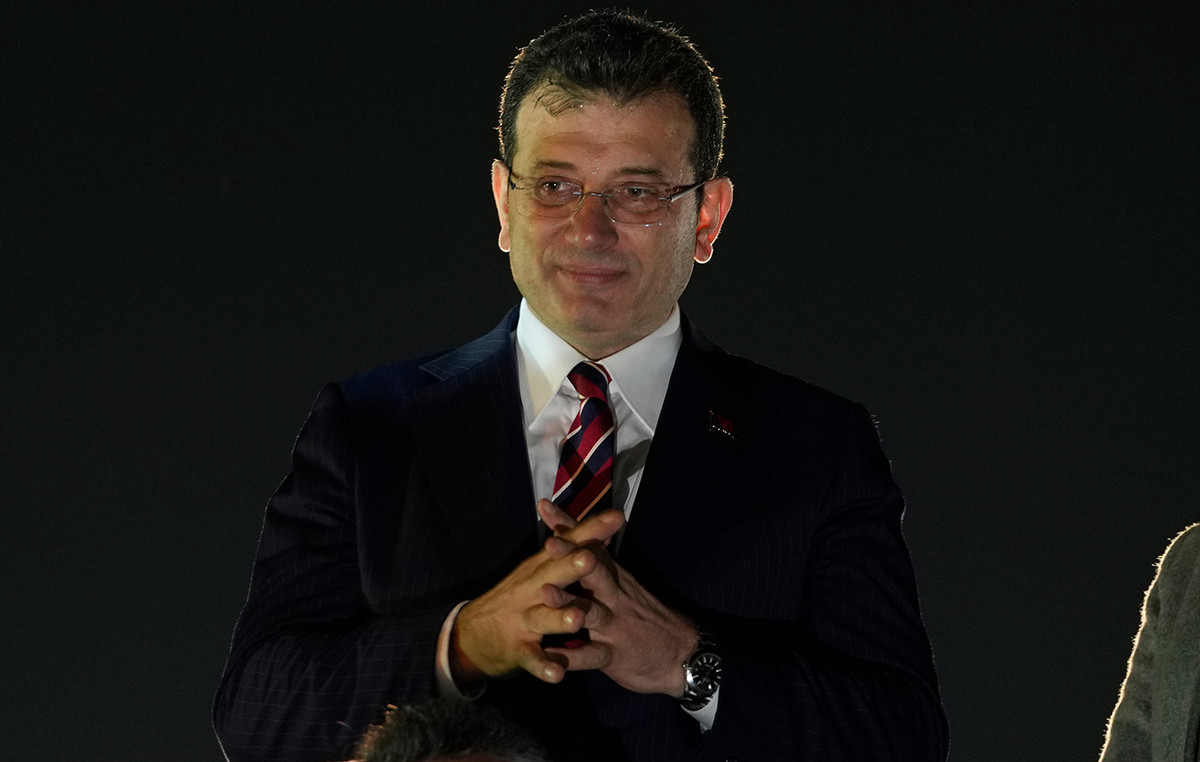Downside momentum has increased slightly; The Euro (EUR) could fall to 1.0885 before the risk of a more sustained rebound is likely. Longer term, there is a chance that the EUR breaks below the main support zone of 1.0860/1.0885; It remains to be seen whether it can maintain a position below these levels, say UOB Group FX analysts Quek Ser Leang and Lee Sue Ann.
EUR may break below 1.0860/1.0885
24-HOUR VIEW: “Yesterday, we indicated that ‘the EUR’s tilt is downward.’ However, we note that ‘given the mild momentum, any decline is unlikely to clearly break below 1.0900, and next support at 1.0885 is unlikely to be threatened.’ The EUR subsequently fell more than expected to 1.0888, before recovering to close at 1.0909 (-0.26%). Despite the drop, the downward momentum only increased slightly. Today, the EUR could fall to 1.0885. before a more sustained bounce is likely. The next support at 1.0860 is unlikely to come into play. To maintain slight momentum, the EUR should not break above 1.0935 with minor resistance at 1.0920.”
1-3 WEEK VIEW: “In our most recent narrative from last Friday (Oct 11, spot at 1.0935), we highlighted that ‘although the outlook for the EUR remains negative, the downward momentum appears to be slowing, and the The probability of the EUR breaking the significant support zone between 1.0860 and 1.0885 is not high.’ Yesterday, the EUR fell to a low of 1.0888. The slight increase in momentum suggests that there is a possibility of the EUR breaking below the 1.0860/1.0885 support zone, but it remains to be seen if it can maintain a position below. of these levels. Overall, only a break of 1.0960 (the ‘strong resistance level’ was 1.0980 yesterday) would mean that the EUR weakness that began earlier this month has stabilized.”
Source: Fx Street
I am Joshua Winder, a senior-level journalist and editor at World Stock Market. I specialize in covering news related to the stock market and economic trends. With more than 8 years of experience in this field, I have become an expert in financial reporting.







